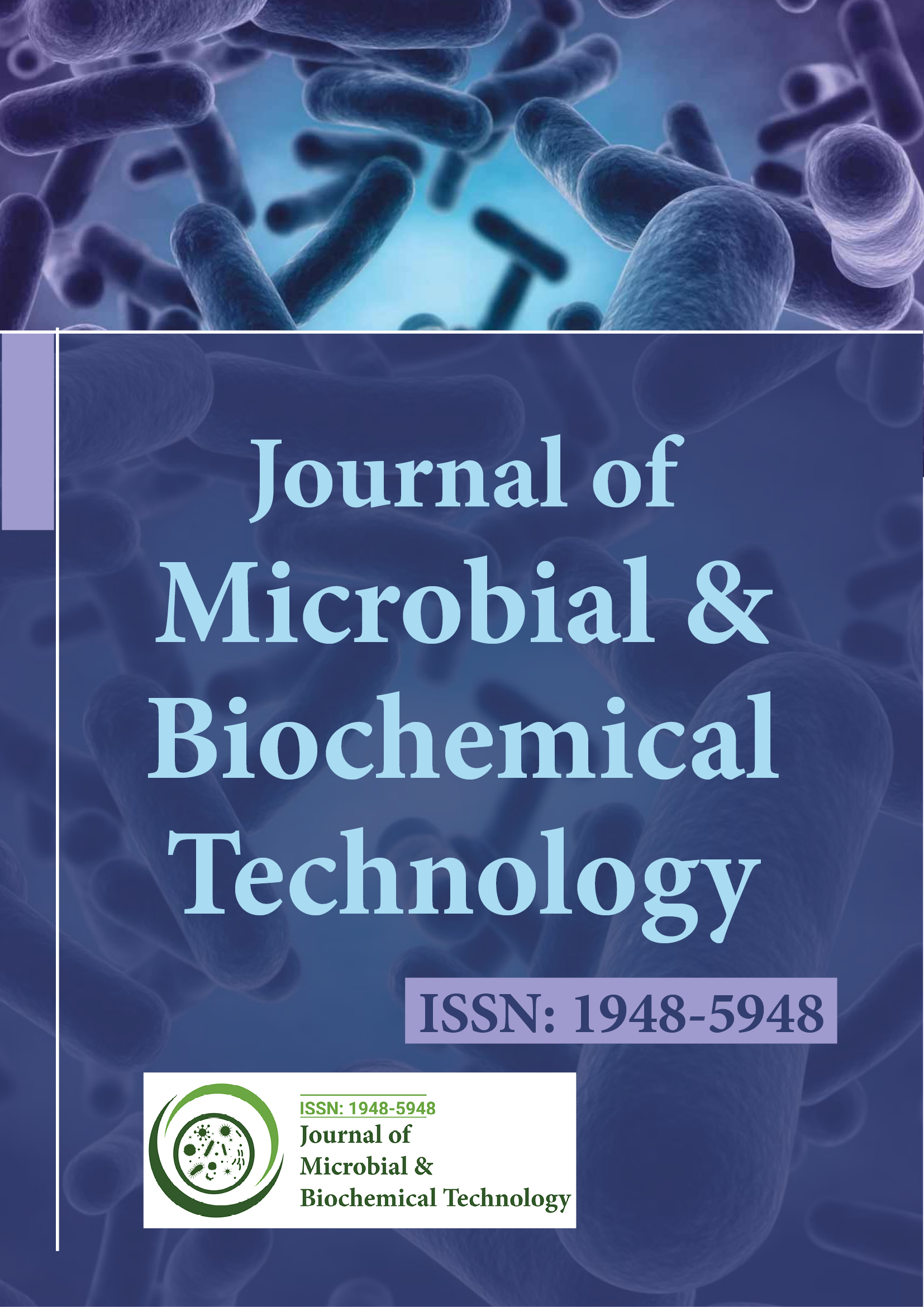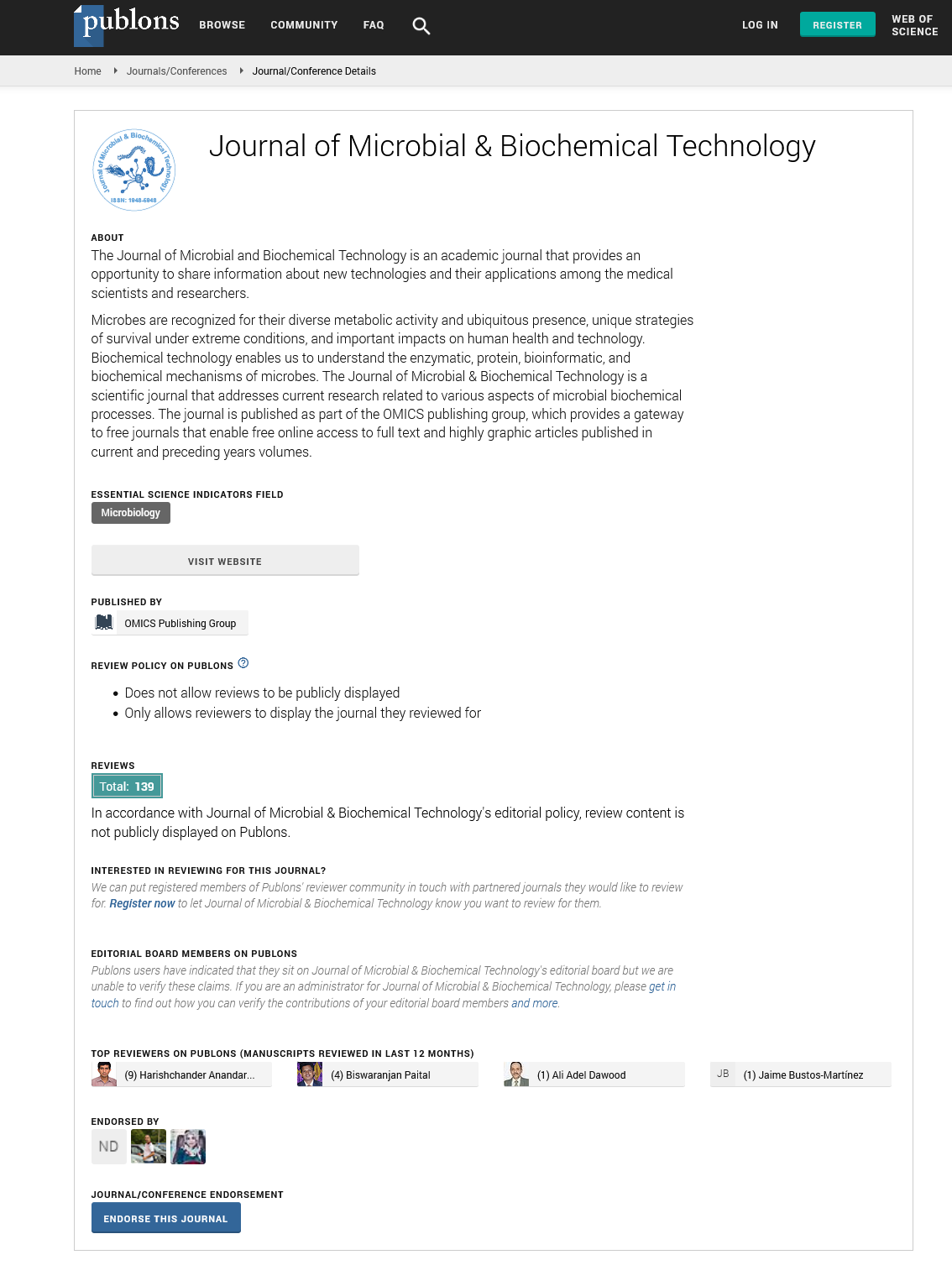Indexed In
- Academic Journals Database
- Genamics JournalSeek
- Academic Keys
- JournalTOCs
- China National Knowledge Infrastructure (CNKI)
- Scimago
- Access to Global Online Research in Agriculture (AGORA)
- Electronic Journals Library
- RefSeek
- Directory of Research Journal Indexing (DRJI)
- Hamdard University
- EBSCO A-Z
- OCLC- WorldCat
- SWB online catalog
- Virtual Library of Biology (vifabio)
- Publons
- MIAR
- University Grants Commission
- Geneva Foundation for Medical Education and Research
- Euro Pub
- Google Scholar
Useful Links
Share This Page
Journal Flyer

Open Access Journals
- Agri and Aquaculture
- Biochemistry
- Bioinformatics & Systems Biology
- Business & Management
- Chemistry
- Clinical Sciences
- Engineering
- Food & Nutrition
- General Science
- Genetics & Molecular Biology
- Immunology & Microbiology
- Medical Sciences
- Neuroscience & Psychology
- Nursing & Health Care
- Pharmaceutical Sciences
Laboratory diagnosis of malaria in the North West region of Cameroon: Analysis of limitations and strategies for improvement
2nd International Conference on Clinical Microbiology & Microbial Genomics
September 16-17, 2013 Hampton Inn Tropicana, Las Vegas, NV, USA
Eric Ndofor
Accepted Abstracts: J Microb Biochem Technol
Abstract:
Background: Malaria is still rife and perennial in Cameroon despite remarkable progress in controlling the disease. About 95% of the country is malaria endemic. Prompt and accurate microscopic diagnosis of malaria can improve treatment and reduce morbidity. This paper analyses limitations in malaria diagnosis in the North West Region of Cameroon and opportunities for improvement. Methods: The sample units were 40 laboratories in governmental health facilities (GHFs) selected by cluster (Health Districts) and stratified sampling. The three categories of GHFs in the Region- Hospitals, District Medical Centres (Centre Medical d?Arrondissement- CMAs) and Integrated Health Centres (IHCs) were strata in the sample. With pre-tested interviewer- administered structured questionnaires and visit of laboratories, mechanical and optical components of microscopes and malaria diagnostic techniques were studied systematically and in detail. Results: The main finding was that locally prepared Giemsa-stained malaria smears were of unusable quality in 52 and 46 percent of GHFs for thick and thin smears respectively. Some loss of quality was observed in laboratories with good and moderate quality smears. Conclusion: The quality of malaria diagnosis was not optimal and GHFs did not have sufficient tools and resources to overcome the loss of quality. Nonetheless, the limitations can be corrected.

